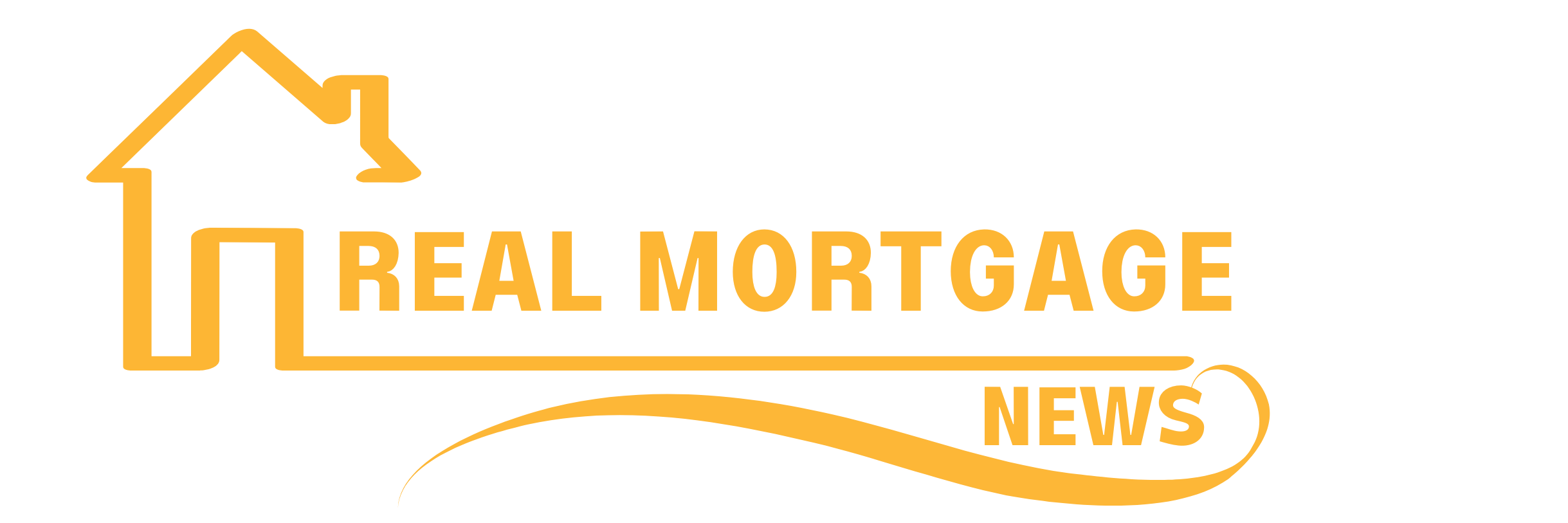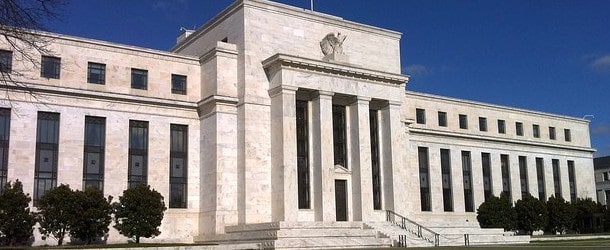Mortgage Q&A: “Does the Fed management mortgage charges?”
With all of the current hubbub regarding mortgage charges, and the Fed, you is perhaps questioning the way it all works.
Does the Federal Reserve resolve what the rate of interest in your 30-year mounted mortgage goes to be?
Or is it dictated by the open market, just like different services, that are provide/demand pushed.
Earlier than moving into the main points, we will begin by saying the Fed doesn’t immediately set mortgage charges for shoppers. However it’s a bit extra sophisticated than that.
The Federal Reserve Performs a Function within the Course of Mortgage Charges
As famous, the Federal Reserve doesn’t set mortgage charges. They don’t say, “Hey, the housing market is just too scorching, we’re growing your mortgage charges tomorrow. Sorry.”
This isn’t why the 30-year mounted began the 12 months 2022 at round 3.25%, and is now nearer to 7% in the present day.
Nonetheless, the Fed does get collectively eight instances per 12 months to debate the state of financial system and what may must be carried out to fulfill their “twin mandate.”
That so-called “twin mandate” units out to perform two objectives: worth stability and most sustainable employment.
These are the one issues the Federal Reserve cares about. What occurs because of attaining these objectives is oblique at greatest.
For instance, in the event that they decide that costs are rising too quick (inflation), they’ll improve their in a single day lending charge, referred to as the federal funds charge.
That is the rate of interest monetary establishments cost each other when lending their extra reserves. Theoretically, increased charges imply much less lending, and fewer cash sloshing across the financial system.
When the Fed raises this goal rate of interest, industrial banks improve their charges as properly.
So issues do occur when the Fed speaks, but it surely’s not all the time clear and apparent, or what you may count on.
Maybe extra importantly, their actions are normally identified upfront, so lenders usually start elevating or decreasing charges properly beforehand.
What Does the Fed Choice Imply for Mortgage Charges?
The Fed Open Market Committee (FOMC) holds a closed-door, two-day assembly eight instances a 12 months.
Whereas we don’t know all the main points till the assembly concludes and so they launch their corresponding assertion, it’s sometimes pretty telegraphed.
So in the event that they’re anticipated to boost the fed funds charge one other .50%, it’s typically baked in to mortgage charges already.
Or in the event that they plan to chop charges, you may see lenders repricing their charges within the weeks previous the assembly.
Since early 2022, they’ve elevated the federal funds charge 11 instances, from about zero to a goal vary of 5.25% to five.50%.
After they elevate this key charge, banks cost one another extra when they should borrow from each other.
And industrial banks will improve the prime charge by the identical quantity. So a 0.50% transfer within the fed funds charge ends in a 0.50% transfer within the prime charge.
Because of this, something tied on to prime (equivalent to bank cards and HELOCs) will go up by that actual quantity as properly.
Nonetheless, and that is the biggie, mortgage charges is not going to improve by 0.50% if the Fed will increase its borrowing charge by 0.50%.
In different phrases, if the 30-year mounted is presently priced at 7%, it’s not going to robotically improve to 7.5% when the Fed releases its assertion saying it elevated the fed funds charge by 0.50%.
What the Fed Says or Does Can Influence Mortgage Charges Over Time
So we all know the Fed doesn’t set mortgage charges. However as famous, what they do can have an effect, although it’s sometimes over an extended time horizon.
Fed charge hikes/cuts are extra of a short-term occasion, whereas mortgage charges are long-term loans, usually supplied for 30 years.
That is why they correlate higher with the 10-year bond yield, as mortgages are sometimes held for a few decade earlier than being refinanced or the house bought.
As such, mortgage charge monitoring is best completed by wanting on the 10-year yield vs. the federal funds charge.
But when there’s a development over time, as there was currently with hike after hike, each the federal funds charge and mortgage charges can transfer increased in tandem because the years goes by.
For the report, typically mortgage charges creep increased (or decrease) forward of the Fed assembly as a result of everybody thinks they know what the Fed goes to say.
However it doesn’t all the time go as anticipated. Typically the influence post-statement shall be muted and even doubtlessly excellent news for mortgage charges, even when the Fed raises charges.
Why? As a result of particulars may already be “baked in,” just like how dangerous information typically causes particular person shares or the general market to rise.
The Fed Has Mattered Extra to Mortgage Charges These days Due to Quantitative Easing (QE)
Whereas the Fed does play a component (not directly) by which course mortgage charges go, they’ve held a extra lively function currently than throughout most instances in historical past.
All of it has to do with their mortgage-backed safety (MBS) shopping for spree that came about over the previous near-decade, referred to as Quantitative Easing (QE).
In brief, they bought trillions in MBS as a way to decrease mortgage charges. An enormous purchaser will increase demand, thereby growing the value and decreasing the yield (aka rate of interest).
When the Fed’s assembly facilities on the top of QE, which is called “Coverage Normalization,” or Quantitative Tightening (QT), mortgage charges could react greater than normal.
That is the method of shrinking their steadiness sheet by permitting these MBS to run off (through refinance or dwelling sale) and even be bought, as a substitute of regularly reinvesting the proceeds.
For the reason that Fed talked about this idea in early 2022, mortgage charges have been on a tear, practically doubling from their sub-3% ranges. That’s been extra of the motive force than their charge hikes.
Mortgage lenders shall be retaining a detailed eye on what the Fed has to say about this course of, when it comes to how rapidly they plan to “normalize.”
And the way they’ll go about it, e.g. by merely not reinvesting MBS proceeds, or by outright promoting them.
They received’t actually bat an eye fixed relating to the rise within the fed funds charge, as that has already been telegraphed for some time, and is already baked in.
So the subsequent time the Fed will increase its charge by 50 foundation factors (.50%), don’t say the Fed raised mortgage charges. Or that 30-year mounted mortgage charges are actually 7.5%.
It might technically occur, however not as a result of the Fed did it. Solely as a result of the market reacted to the assertion in a damaging approach, by growing charges.
The alternative may be true if the Fed takes a softer-than-expected stance to their steadiness sheet normalization. Or in the event that they lower their very own charge. However mortgage charges wouldn’t fall by the identical quantity of the speed lower.
By the best way, mortgage charges might really fall after the Fed releases its assertion, even when the Fed raised charges.
(picture: Rafael Saldaña)

